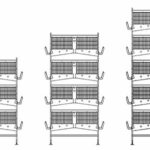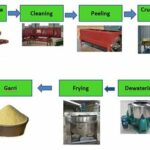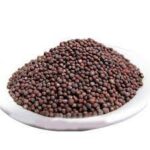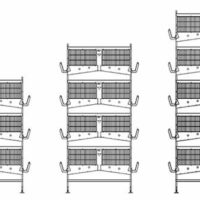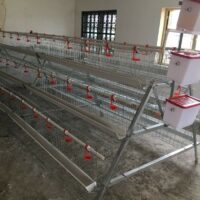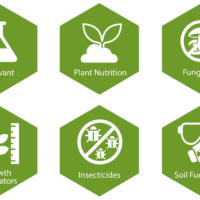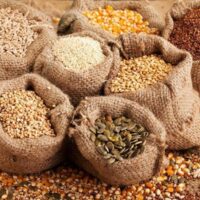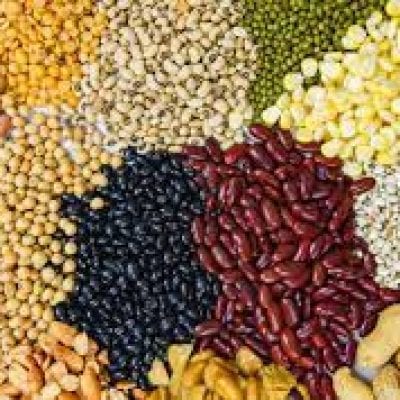Livestock
AMO Broilers (Commercial Arbor Acres Plus)
Commercial Day Old Broilers Ross 308 (Agrited Brand)
AMO Noilers (Commercial Dual-Purpose Day Old Chicks)
Agricultural Equipment
Pig Nipple Drinker (5 Pieces)
Imported Cutting Machine (Poultry)
Hammer Mill Imported|Locally Fabricated (1ton/Hr)
| Weight |
60000 g |
|---|---|
| Dimensions |
70 × 64 × 100 cm |
| Class |
Outdoor equipment |
| Features |
Durable heavy duty steel structure |
| Item Condition |
Locally fabricated , 1Ton/hr , 2Ton/hr , Imported |
| Size |
60Kg |
| Item Type |
Agricultural equipment |
| Suitable For |
grinding items |
| Weight |
60kg |
| Estimated delivery (working days) |
Within 10 to 14 days |
Electric Fogger With A Hanger (Sprinkler System)
| Weight |
4000 g |
|---|---|
| Item Type |
electric fogger |
| Suitable For |
Evaporative cooling of poultry pen houses |
| Features |
Evaportative cooling , High quality plastic material , Mist spray |
| Estimated delivery (working days) |
3 to 7 days |
| Capacity |
High Capacity Electric Fogger |
| Colour |
Red , Black , Blue , Silver , White |
| Item Condition |
New |
Imported Fully Galvanized Battery Cages – 4 tiers Layer cages – 160 Capacity
Poultry Drinker | High-Quality Plastic – Different Sizes
Precision Seed and Fertilizer Planter
High Pressure Poultry Pen Fogger (Sprinkler System)
| Weight |
2000 g |
|---|---|
| Item Type |
Poultry pen fogger |
| Suitable For |
Evaporative cooling of poultry pen houses |
| Features |
Evaportative cooling , High quality plastic material , Mist spray |
| Estimated delivery (working days) |
3 to 7 days |
| Capacity |
High Capacity Electric Fogger , One-way fogger (with anti-drip) , Four-way fogger , One way fogger |

Apple Shopping Event
Hurry and get discounts on all Apple devices up to 20%
Standardized Weights (For Balance Scales | Various Calibrations | Lock Type)
Aquafeed Production, Economics; Health Impact on Fish Management (2020 Edition)
Crop Production
Dwarf Tenera Oil Palm Sprouted Seeds (Pack of 500)
Hybrid Supergene Sprouted Seeds (Oil Palm Nuts | Pack of 500)
Hot Picks
Quality Point-of-Lay Hens (ISA Brown)
Commercial Day Old Broilers Ross 308 (Agrited Brand)
Supergene seedling (Malaysian Dwarf Oilpalm)
Sunphosate 360SL (Glyphosate Herbicide | 1L)

Microsoft Accessories
Personalize your Surface Pro with Microsoft branded accessories. In the presence of many colors for every taste.




